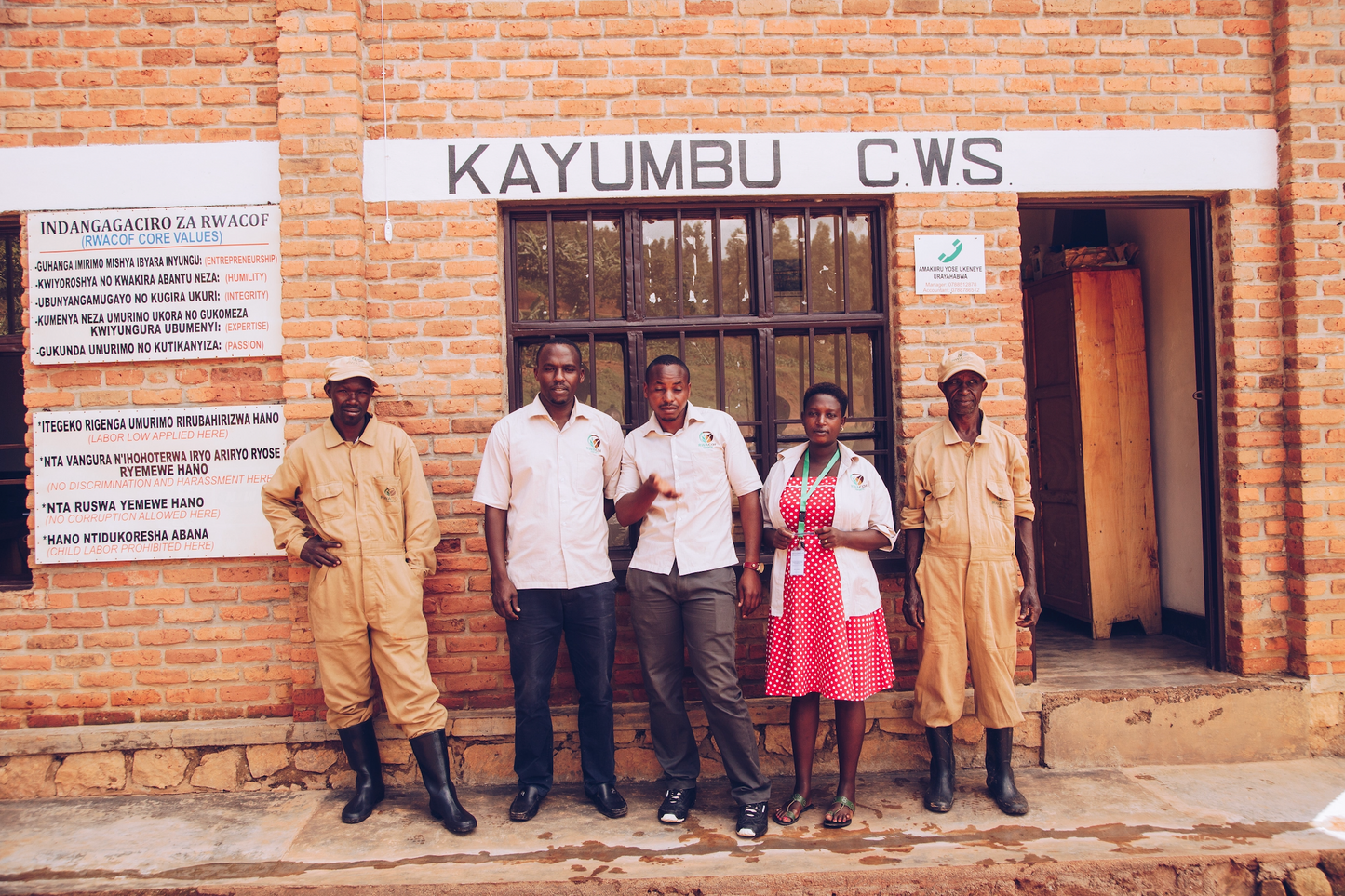
New month - new coffees
This month we head to Rwanda and Nicaragua. Two countries that punch well above their weight when it comes to producing world class speciality coffee.
NICARAGUA - LAS HORTENSIAS

Ana & Martha Albir are third-generation coffee farmers who inherited thier passion and the farm ‘Finca Las Hortensias’ from their father. The name Hortensias, meaning hydrangeas in Spanish, comes from the abundant hydrangea flowers that grow on the farm.
Their farming focuses on being socially protective and environmentally sustainable. They continuously work with agro-engineers and environmental and logistical specialists to improve their methods and practices.
Nicaragua may not be the most famous producer of Central American coffee, but it has great potential. The country is known as the land of ‘los lagos y los volcanes’ (lakes and volcanos) and has many coffee growing ‘pockets’ that few have heard of or experienced. Many producers in the country are experimenting with new varieties and processing methods, however, the remoteness of the small farms, and battles with coffee-leaf rust in the past decade have presented big challenges. The largest country in Central America, Nicaragua continues to develop its reputation as a coffee origin to watch.
RWANDA - KAYUMBU

Because coffee farming in East Africa is usually on such a small scale one tends to talk about the Washing Station that processes the harvested coffee rather than any one particular farm or farmer. A local washing station serves many small farmers and has a crucial role in raising quality and providing vital community infrastructure.
The Kayumbu Washing Station was originally built by the Rwandan army to receive large volumes of cherry. Today, the station serves over 1,000 smallholders in the Kamonyi district who farm coffee at altitudes of 1,600-2,100 masl.
Despite its turbulent history, today Rwanda is one of the specialty coffee world’s darlings.
As in most African coffee-producing countries (with the exception of Ethiopia), Rwanda was planted in coffee by colonial interests from Europe in order to supply the booming market back on their home continent. High-yield, low-cost varieties were introduced in the 1930s and focus was on volume and not so much on quality
Today, this tiny country contributes less than 0.2 percent of the global coffee supply, but its reputation for special quality and unique characteristics—not to mention the incredible story of its development as a specialty-coffee origin since the genocide—have earned Rwanda a significant place at the table among African origins.
